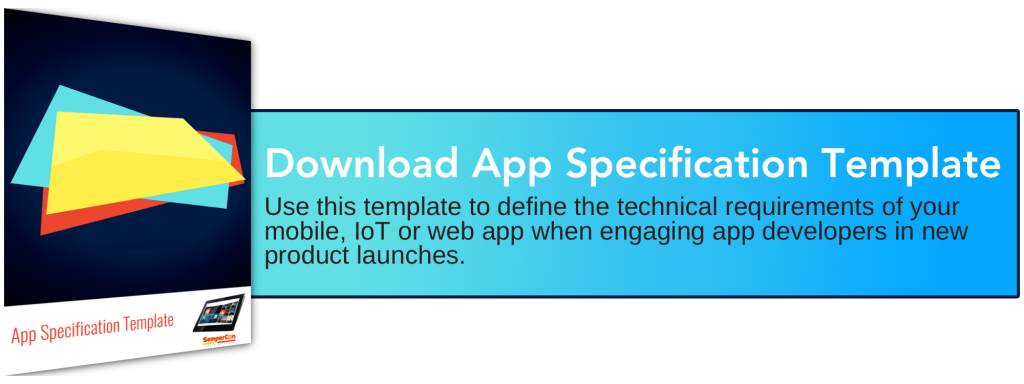Pat yourself on the back and give a sigh of relief—you’ve reached the final stage of writing your mobile, IoT or web app’s technical spec document, and it’s easy as pie compared to what you’ve done to get to this point. In order to properly define your app’s administrative needs you must first know your user inside and out. The time spent defining user classes and scenarios, app dependencies and constraints, and user flows have prepared you for this moment.
ADMIN ROLE DEFINITION
Administrators verify and ensure that apps are meeting users’ expectations and functioning in line with the app’s product requirements from specially designed dashboards. The “Admin” user class has authority that go above and beyond the permissions of users. Here are a few types of commonly used administrative classes:
-
Super Admin – This administrative class can exercise full control over all areas of the app, making changes as they see fit.
-
Administrator – This administrative class can exercise partial control over the app, with the ability to monitor and modify the majority of the app dashboard modules.
-
Guest Admin – These administrators are assigned Read Only permissions. They can monitor the app’s settings, datasets and other system features without making any changes.
-
Auditor – This role is especially useful for app creators that must adhere to auditing requirements, such as those affiliated with healthcare and HIPAA compliant apps. The permissions and features relevant to this administrative class will depend on what must be audited and reported on.
-
Technician – The permissions assigned to this administrative class depends on the actions that must be performed in order for them to perform specific operations and manage their responsibilities.
-
Marketer – The permissions and restrictions assigned to this administrative class depends on the actions that they must perform from the dashboard.
The administrative classes predefined in your app’s admin dashboard will depend upon your unique business and product needs. When defining the responsibilities of each user class ask yourself which group(s) should be given permission to view, edit or add users, app content/screens, and/or other administrative accounts.
DASHBOARD DESIGN
App admin dashboards arrange and present information and data in a way that is easy to read, manage and modify. The design of admin dashboards is equally as important as user access controls. A well-designed dashboard will allow administrators to execute app management tasks with speed and efficiency. The below factors often impact the design requirements of custom built admin dashboards:
-
Backend design. Apps that require third party APIs to deliver their core features often have areas dedicated to monitoring the performance of the APIs. Rather than logging into multiple systems, app administrators can reference data coming from the APIs and app itself using a singular interface.
-
Visualizations. No matter the industry or type of app, admin dashboards must always contain charts and graphs that make data insights easy to absorb. These visualizations allow administrators to quickly monitor and identify issues impacting the app’s speed or performance reliability.
-
Collaboration requirements. Apps that require team-based management and collaboration may find chat and file upload/sharing features to be useful.
-
Data entry requirements. App dashboards that require extensive data entry are often designed in web app formats so that administrators can access, manage and modify the backend systems and data from mobile devices or computers (with the added benefit of large screen size). Apps that require little to no data entry, on the other hand, may not need to be developed as a separate web app.
-
Mobility. Businesses that require employees to conduct work from computers as part of their mobility policy will need to build their admin dashboard onto a web app. Businesses that allow employees to use their smartphones can choose to develop their dashboard onto a mobile or web app.
Alternatives exist for those who would rather not custom develop admin dashboards. There are two options: use pre-built app dashboard templates, or integrate your app with a third party analytics tool such as Google Mobile App Analytics or Flurry Analytics. By replicating the design of templates or integrating with third party app analytics dashboards, you will be able to shave frontend and backend design and development time from your app build.
With the administrative permissions and dashboard requirements of your app defined, you’re now ready to present your developers with a fully completed technical specification document containing all of the product requirements of your IoT, web or mobile app. In no time, your brilliant idea will be a fully-functioning app.


